Nature is a vast and diverse tapestry, showcasing a multitude of flora that ranges from the breathtakingly beautiful to the dangerously deadly. While many plants provide sustenance, medicine, and aesthetic appeal, there exists a dark side to the botanical world — plants that are armed with toxins and deadly compounds capable of causing harm to humans and animals alike. In this article, we delve into the realm of the deadliest plants on the planet, examining their lethal properties and the cautionary tales they tell.
- Castor Bean Plant (Ricinus communis):
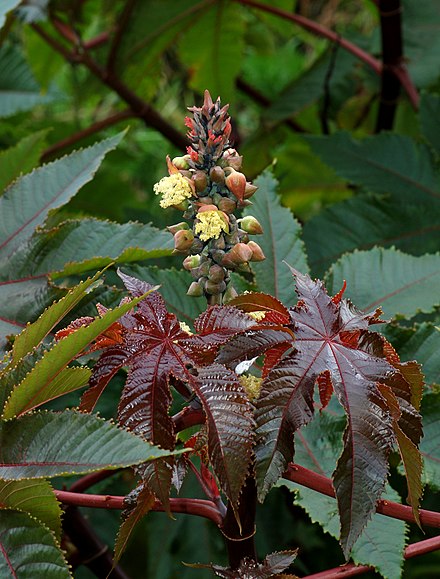
Native to Africa, the castor bean plant is notorious for housing ricin, a highly toxic protein. The seeds of this plant contain concentrated amounts of ricin, which, when ingested, can lead to severe abdominal pain, vomiting, and organ failure. Despite its deadly nature, the castor bean plant is cultivated commercially for its oil, with careful measures taken to remove the toxic elements.
- Oleander (Nerium oleander):
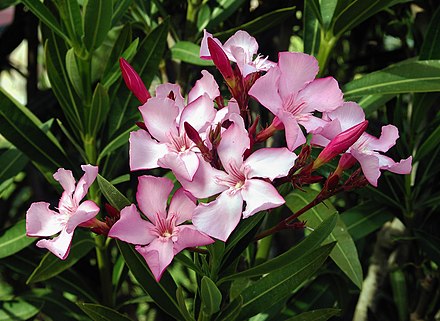
Oleander, known for its vibrant flowers and evergreen foliage, conceals a potent cocktail of toxic compounds, including oleandrin and neriine. Ingesting any part of the plant can result in symptoms such as nausea, vomiting, heart irregularities, and, in extreme cases, death. Oleander poisoning is a serious concern, and caution is advised when handling or planting this seemingly innocent ornamental shrub.
- Deadly Nightshade (Atropa belladonna):
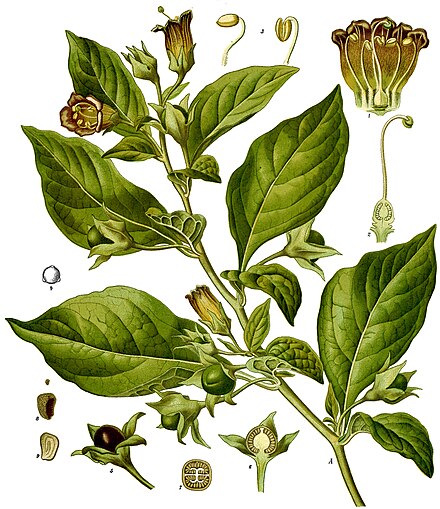
With a name that hints at its lethal potential, deadly nightshade contains tropane alkaloids, including atropine, scopolamine, and hyoscyamine. Ingestion of even a small amount of its berries can lead to hallucinations, seizures, and, in severe cases, death. Historically, deadly nightshade has been associated with witchcraft and dark folklore due to its potent and mysterious properties.
- Strychnine Tree (Strychnos nux-vomica):
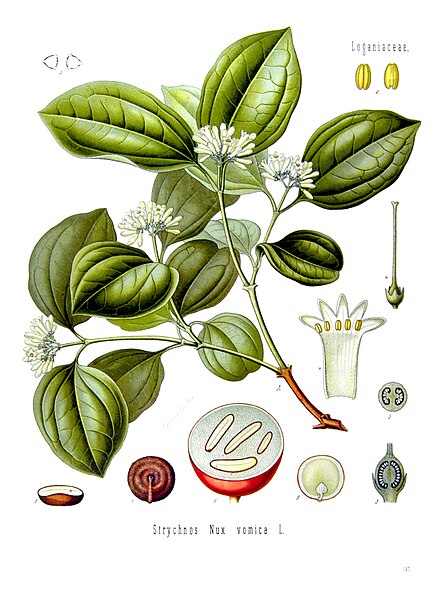
Native to Southeast Asia, the strychnine tree produces seeds that contain the deadly alkaloids strychnine and brucine. Ingesting these seeds can cause muscle spasms, convulsions, and respiratory failure. Historically, strychnine has been used as a pesticide and in small doses as a stimulant, but its toxicity has led to its restriction and ban in many regions.
- Water Hemlock (Cicuta spp.):
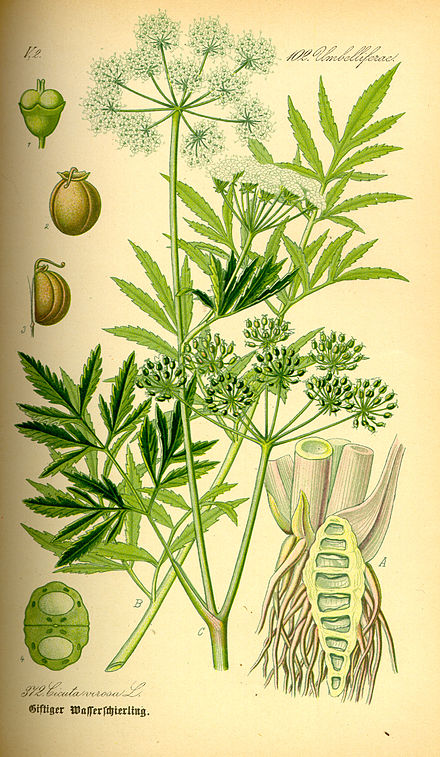
Often mistaken for edible plants such as wild celery, water hemlock is one of the most poisonous plants in North America. The plant contains cicutoxin, a potent neurotoxin that can lead to seizures, respiratory failure, and death. Accidental ingestion of water hemlock has led to tragic outcomes, emphasizing the importance of correctly identifying wild plants before consumption.
While the plant kingdom offers an array of benefits to humanity, it is crucial to approach nature with respect and awareness. The deadliest plants serve as a reminder of the potential dangers that lurk in the seemingly innocent flora that surrounds us. Proper education, caution, and understanding of these lethal plants are essential to ensure the safety of both humans and animals. As we admire the beauty of nature, let us not forget the silent killers that underscore the delicate balance between life and death in the botanical world.



